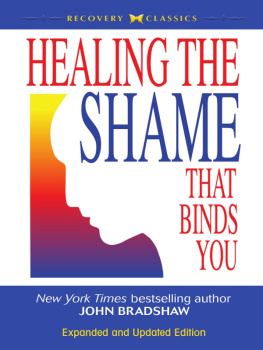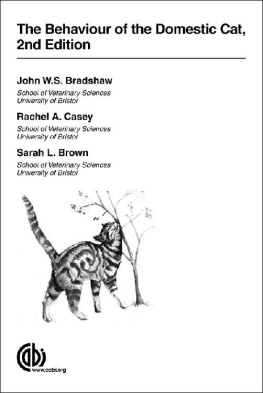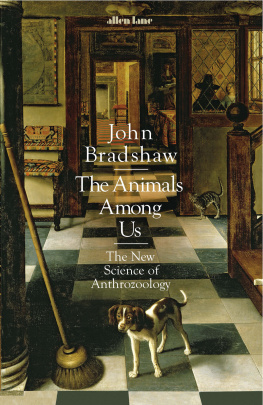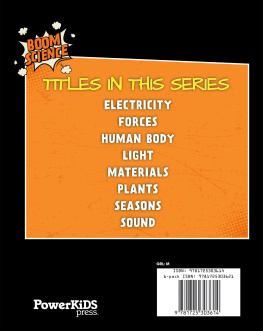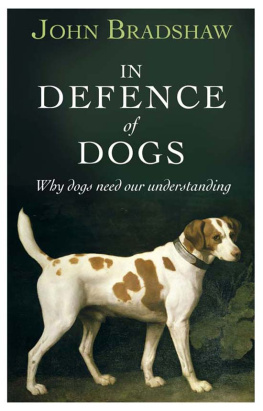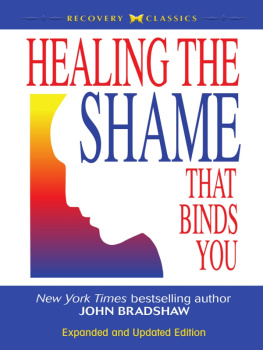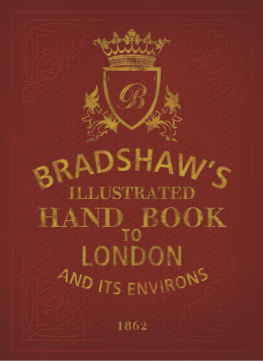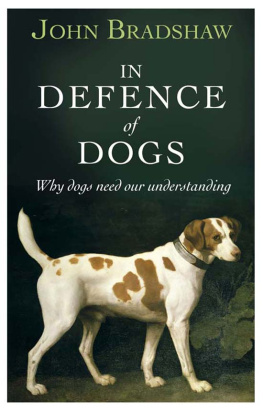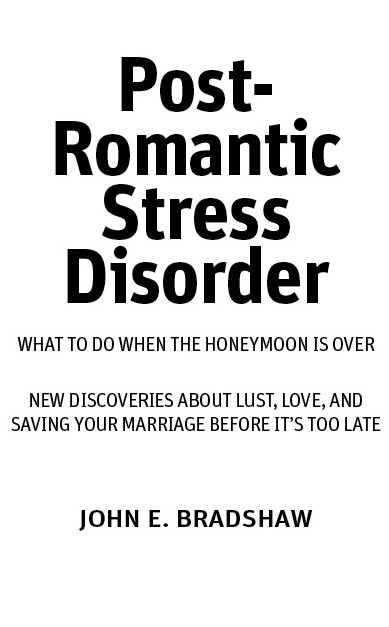

Health Communications, Inc.
Deerfield Beach, Florida
www.hcibooks.com
Library of Congress Cataloging-in-Publication Data
is available through the Library of Congress
2014 John E. Bradshaw
ISBN-13: 978-0-7573-1813-9 (paperback)
ISBN-10: 0-7573-1813-4 (paperback)
ISBN-13: 978-0-7573-1814-6 (ePub)
ISBN-10: 0-7573-1814-2 (ePub)
All rights reserved. Printed in the United States of America. No part of this publication may be reproduced, stored in a retrieval system, or transmitted in any form or by any means, electronic, mechanical, photocopying, recording, or otherwise, without the written permission of the publisher.
HCI, its logos, and marks are trademarks of Health Communications, Inc.
Publisher: Health Communications, Inc.
3201 S.W. 15th Street
Deerfield Beach, FL 334428190
Cover photo by Karen Bradshaw
Cover design by Larissa Hise Henoch
Interior design and formatting by Lawna Patterson Oldfield
ePub created by Dawn Von Strolley Grove

To my courageous sister, Barbara Ann, and
my best friend and brother, Richard Allen (both deceased),
whose emotional wounds caused you to live alone
for a part of your lives. I love you dearly!
To my extraordinary and beautiful wife, Karen,
and to my children, John Jr. and Ariel, and my
stepchildren, Brad and Brenda. Thank you for giving
me your precious selves! I love you dearly!
CONTENTS
Chapter 1:
Who Taught You the Meaning of Love?
Chapter 2:
Falling In-Love and the Amazing Sex That Goes with It
Chapter 3:
The New Discoveries About Timeless Issues: Being In-Love, Lust, and Attachment
Chapter 4:
Post-Romantic Stress Disorder
Chapter 5:
The Malevolent Offspring of Post-Romantic Stress Disorder
Chapter 6:
Three More New Discoveries!
Chapter 7:
Realistic Expectations
Chapter 8:
Growing Up: Exorcizing Your Hauntings by Repairing Your Wounded Inner Childs Developmental Dependency Need Deficits
Chapter 9:
Stage 1: Breaking Through the Family of Origin BlockadeLearning How to Argue Effectively
Chapter 10:
Transitioning to IndependenceRepair Mechanisms in General; Enriching and/or Salvaging Your Sex Life in Particular
Chapter 11:
Stage 2: The Realm of MeIndependence as the Gateway to Interdependency
Chapter 12:
Stage 3: The Realm of OursInterdependence
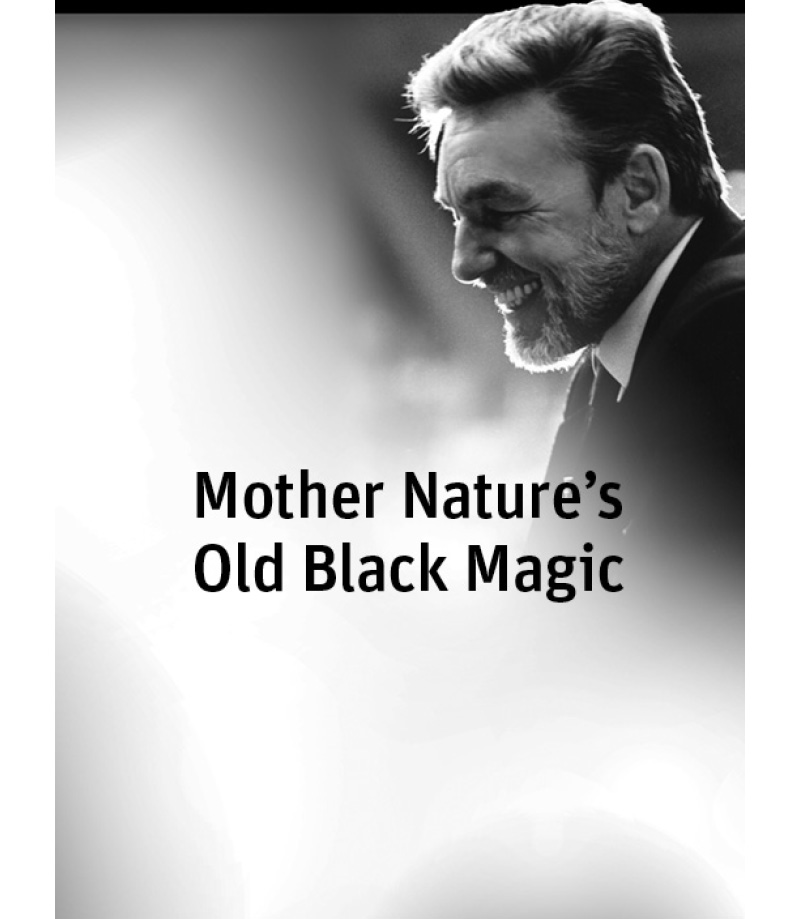
A s they got into bed, Paul snuggled up to his wife Shirleys back and then reached over to touch her breast. He had done this countless times during the year-and-a-half sexual phase of their courtship. It was the first ritual move that Paul used to initiate the foreplay they engaged in prior to their sexual interchange. Shirley had a clear and predictable response: shed turn toward Paul, a signal that gave him permission to touch her other breast. This interactive foreplay had become more or less unconscious, a fairly automatic exchange between them that had a predictable but nonetheless enjoyable ending.
Paul and Shirley had been married a little over a month, still in the newlywed stage of their marriage. They had a robust sex life, and had mutually agreed that theyd only refrain from sexual activity if they were completely exhausted after a long day at work, or some form of physical exercise. So what happened next was a major departure from their routine, and took their relationship down an unexpected path. Instead of turning toward Paul as she always did, Shirley tilted her head back and said, Lets just cuddle tonight.
Paul was certainly not prepared for this. All day, he had looked forward to having sex. Shirleys response gave him a strong adrenaline rush and left him feeling like he had been punched in the gut. He felt like yelling, Youve been different since we got married! Instead, he held his tongue and shut down, saying nothing. He abruptly moved back to his side of the bed. He lay there motionless, his muscles tight and his breathing shallow.
He thought about how vigorously sexual he and Shirley had been throughout their courtship. In the early days, they made love at least once a day. They couldnt get enough of each other. The sex Paul had with Shirley was truly amazing, and she was often the initiator of their sexual routine, often suggesting new, experiential behavior. One day, she bought a porno DVD on her way home from work, which launched them into a wild night of passionate lovemaking and made them miss dinner altogether. Paul felt lucky hed found a woman like Shirley. And now, thisjust cuddling? Glaring at the ceiling, Paul blurted out, Whats the matter? Have I done something wrong?
Theres absolutely nothing wrong, Im just not in the mood, Shirley replied matter-of-factly. Can we discuss this in the morning? It was prudent of Shirley to want to avoid a discussion about their sex lifeor any other relationship issueat 12:30 am , but it just made Paul angrier. He lay there feeling paralyzed, and Shirleys rhythmic breathing let him know she had fallen asleep. Paul was still aroused and he began what can be a divisive practice in marriage: he relieved himself by masturbating.
Even though Shirley said shed talk about what had happened the next day, neither of them brought it up. They just avoided it as though nothing had happened. But that single incident started a divisive pattern, and this scenario was repeated many times over the next two years. Three years later, they divorced at Pauls initiation. Shirley was deeply wounded by the divorce. Paul told his friends that Shirley had fallen out of love with him. He turned his energy to fantasy self-sex and two affairs. With his sexual desire directed elsewhere, he felt that he, in turn, had fallen out of love with Shirley.
Paul and Shirley are an example of a phenomena I call Post-Romantic Stress Disorder (PRSD). Almost every couple experiences some degree of Post-Romantic Stress. Those with a good enough attachment program, and with good enough self-esteem with relatively little baggage from the past, are generally able to work through this unexpected challenge without any scars.
Some with poor levels of selfhood do stay together, living with varying degrees of satisfaction. But only 50 percent of all marriages actually stay together, and of this 50 percent, 17 percent claim to be disappointed, unfulfilled, and unhappy. After counseling over 700 couples over a twenty-year span, it is my observation that only 15 percent are truly incompatible and the remaining 85 percent can achieve a good enough, fulfilling marriage. The 50 percent divorced and those who are unhappily married are in the swoon of Post-Romantic Stress Disorder. Ive seen an alarming number of people throw away perfectly decent marriage partners.
My major goal in this book is to offer you a compelling argument that will stop you from throwing away what may well be your perfectly good marriage partner or from ending a perfectly good relationship that seems stuck.
A secondary goal of this book is to offer you the latest biological and anthropological data relating to being in-love, the experience of lust and being solidly attached to a love partner, a state that is the foundation for long-term, lasting love.
A final feature of this book is to present six new discoveries relating to falling in-love and staying in an ever-growing and deepening love.
Next page

